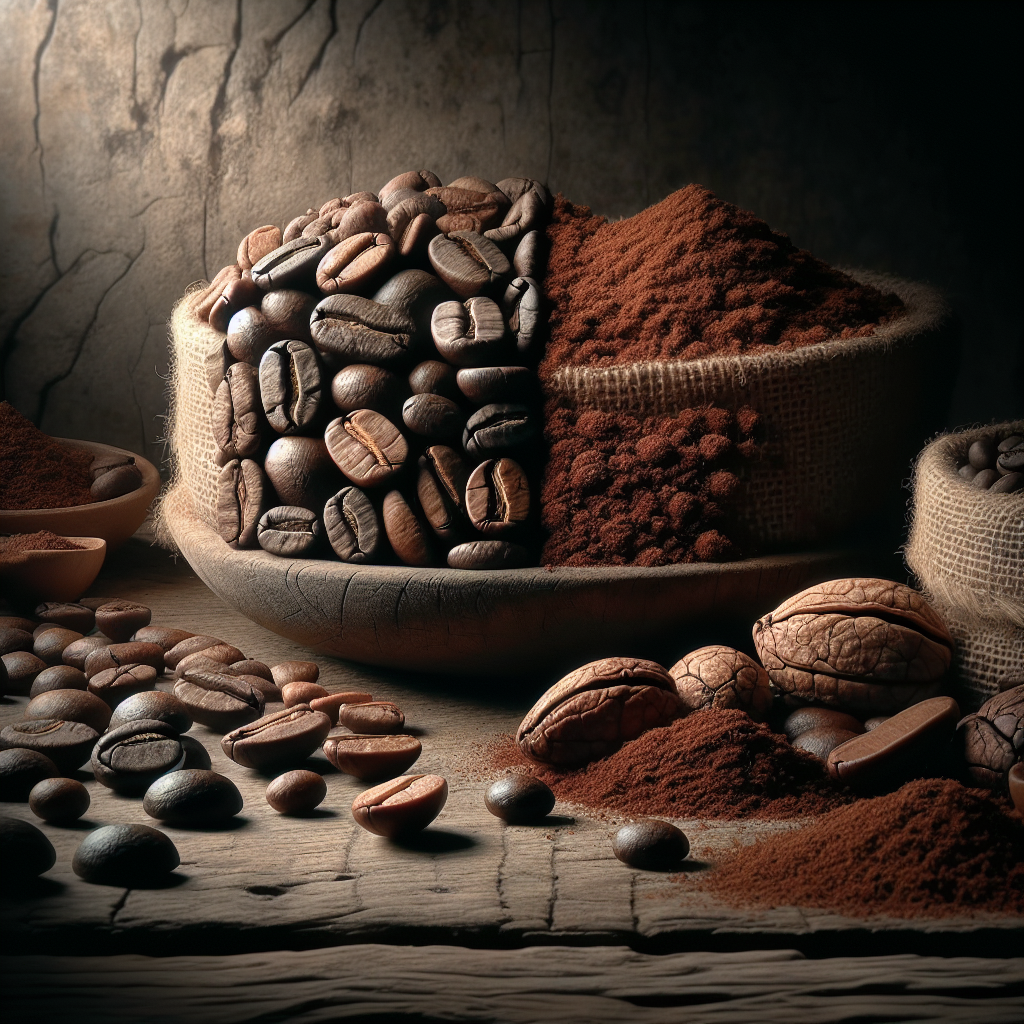Exploring the Differences: Arabica vs. Robusta Coffee Beans
For coffee enthusiasts, understanding the unique qualities of Arabica and Robusta coffee beans is crucial to appreciating the full spectrum of coffee flavors and experiences. Each variety brings its signature characteristics to the cup, from distinct flavor profiles to varied caffeine contents. Dive with us into the rich world of coffee beans as we outline the key differences that set Arabica and Robusta apart.
Flavor Profile Comparison
| Robusta | Arabica | |
|---|---|---|
| Flavor | Earthy with oak tones and bitterness | Sweeter, fruitier taste with higher acidity |
| Flavor Notes | Earthy, oak, bitter | Fruity, chocolaty, nutty |
Flavor Profile
Robusta coffee beans are known for their bold, earthy flavor that includes oak tones and a pleasant bitterness. These beans are grown primarily in central and western Africa, thriving in regions where harsh conditions make growing Arabica beans challenging. On the other hand, Arabica beans offer a markedly different profile, with a sweeter, fruitier taste and higher acidity. Arabica beans are often described as having nuanced flavors that can include fruity, chocolaty, and nutty notes, attributes that are less common in Robusta beans.
Caffeine Content
One of the most distinct differences between these two types of coffee beans is their caffeine content. Robusta beans pack a more significant punch, containing nearly double the caffeine of their Arabica counterparts. This higher caffeine content contributes to Robusta’s intense flavor and full body, making it a favorite among those who prefer a strong, vigorous cup of coffee.
Growing Regions
The regions in which these beans are grown play a crucial role in their development. Robusta beans thrive in low-altitude regions of central and western Africa, while Arabica beans prefer the cooler, higher altitudes found in places like South America and Africa. These environmental differences influence not only the flavor and caffeine content but also the beans’ physical characteristics and quality.
Aroma and Body
When it comes to aroma and body, Arabica and Robusta beans again diverge. Robusta beans are celebrated for their intensely bold flavor, distinctive aroma, and full body. They are known for producing a thick, foamy crema, which is highly prized among espresso aficionados. Arabica beans, however, tend to offer a more pleasant aroma and a balanced body, appealing to those who enjoy a more nuanced and aromatic coffee experience.
Quality and Commercial Use
In the coffee industry, Arabica beans are generally considered to be of higher quality compared to Robusta beans. This perception is due in part to the nuanced flavors and aromas that Arabica beans can offer. Despite this, Robusta beans remain a major commercial crop due to their robustness, high caffeine content, and strong market demand, especially in espressos and blends requiring a fuller body and richer crema.
As we’ve journeyed through the distinctive worlds of Arabica and Robusta coffee beans, it’s clear that each type offers unique qualities to coffee lovers. Whether you’re drawn to the sweet, complex flavors of Arabica or the bold, intense experience of Robusta, understanding these differences enriches your coffee appreciation. We encourage you to continue exploring the diverse flavors of coffee with a visit to our detailed guides on various coffee drinks [here](https://thecoffeemondays.com/coffee-machine/).
Shop at Breville now!
https://breville.oie8.net/oqDqrE
Shop RobustaCoffee Beans at Amazon now!
Click here





